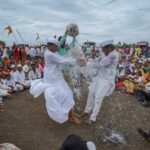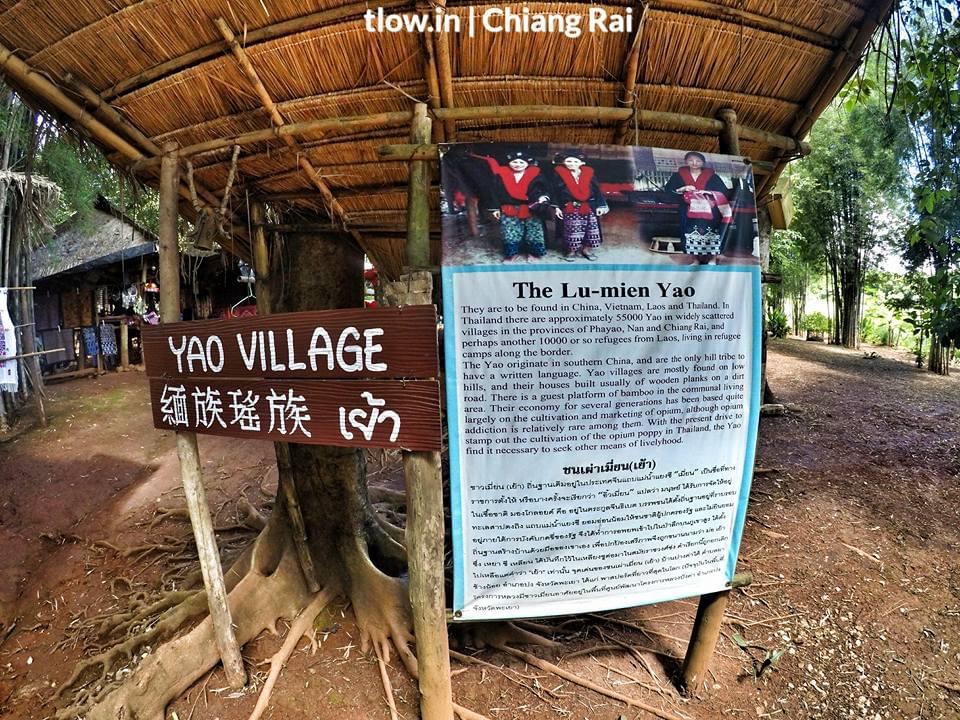
The Thai tribe famous for their sense of style: Yao Tribe, Chiang Rai
Originally from southern China, the Yao Tribe is originally named Mien, but commonly referred to as Yao in Thailand. From the 1800s to the early 19th century, the Yao tribe started migrating into Thailand from Laos during the Vietnam conflict. The tribe today have settled in the northern region of Thailand and have been given refugee hill tribe status by the Thai government.
In Thailand, the Yao hill tribe settlements can be found in Chiang Rai, Phayao, Nan, Lampang, Chiang Mai, Phitsanulok and Kamphaeng Phet provinces. But most likely you will find them scattered around Chiang Rai province.
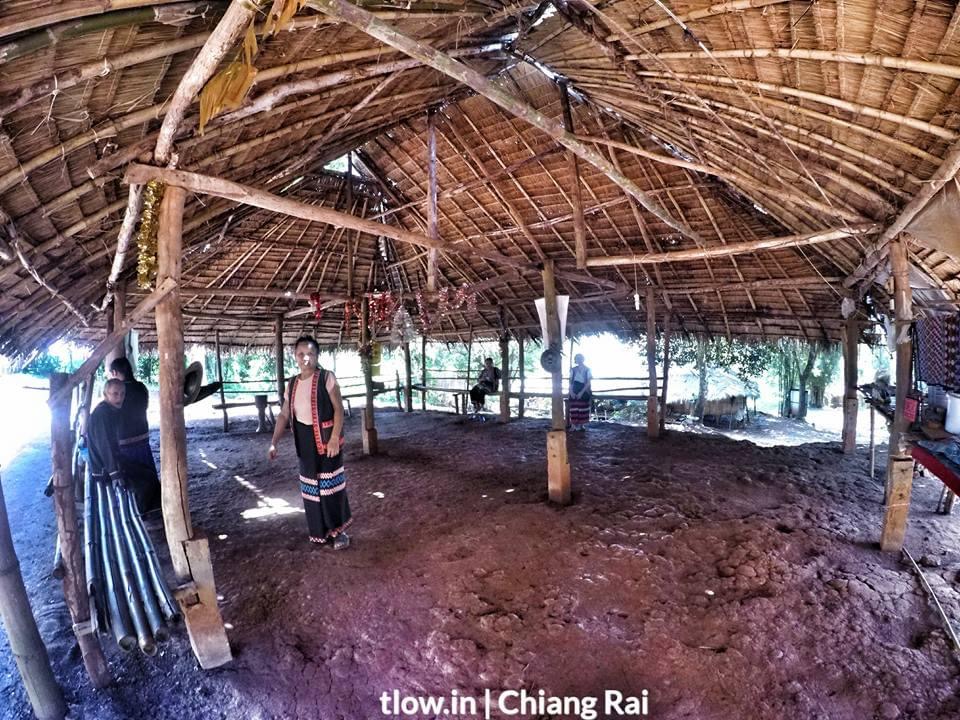
The Yao hill tribe people have no written script and use Chinese characters. Several languages are spoken according to the various subgroups most of which are a dialect of Chinese and Vietnamese.
The traditional attire of the Yao hill tribe people is very beautiful and elegant. The women wear long black jackets that are accented with woolen scarlet lapels. In addition to this, they wear loose black pants that are embroidered with exquisite designs and a matching black turban.
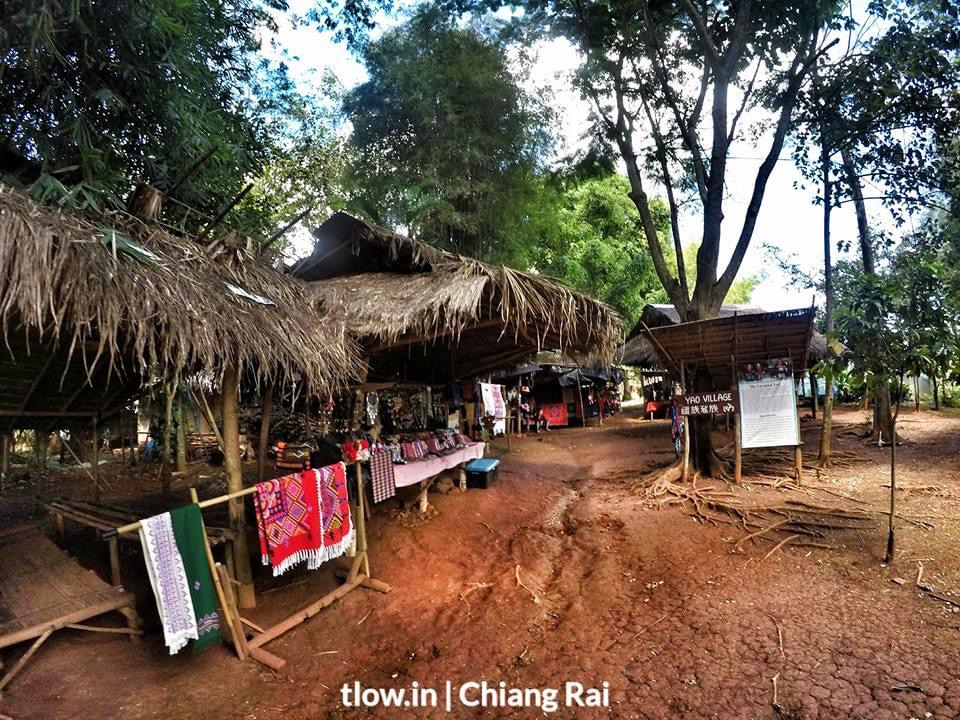
The Yao babies are also known for their exquisite attire. Yao babies commonly wear intricately embroidered caps. Men wear loose jackets that are accented with embroidered pockets and trim. Jewellery is popular in Yao culture as well.
Yao Tribe
During special events women and children often wear silver neck rings along with an intricate set of chains and ornaments, the silversmiths of the Yao tribe are renowned throughout Thailand for their impressive skill. The women are known for their rich embroidery and cross-stitch. The intricate designs are unique facets to the clothing of each member of the family. They are also known for producing exquisite silver pieces. These skills account for a large part of their economy.
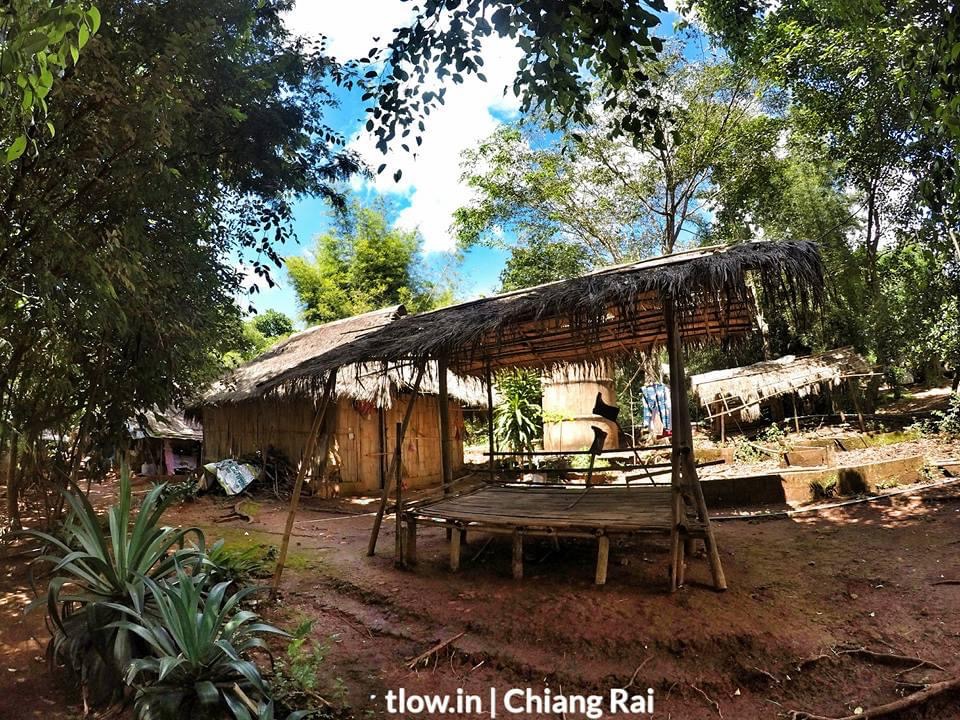
The Yao prefer high altitude settlements. Their homes are typically built on solid ground. In a traditional home, you will find a communal living area, a few bedrooms, and a guest area. Their entire house is built out of bamboo and straw.
The Yao typically grow corn and rice as their major agricultural crops, though they are known to grow other smaller crops as well. The Yao are adapting to Thai culture and agriculture and learning to produce a variety of new crops with each passing year. Opium farming is still relevant in some sections of Yao culture, though the tradition is on the decline.
The Yao tribe population in Thailand are primarily Buddhists. Most of them have mixed elements of Buddhism with their traditional animistic beliefs. Animism encompasses the beliefs that there is no separation between the spiritual and physical world.
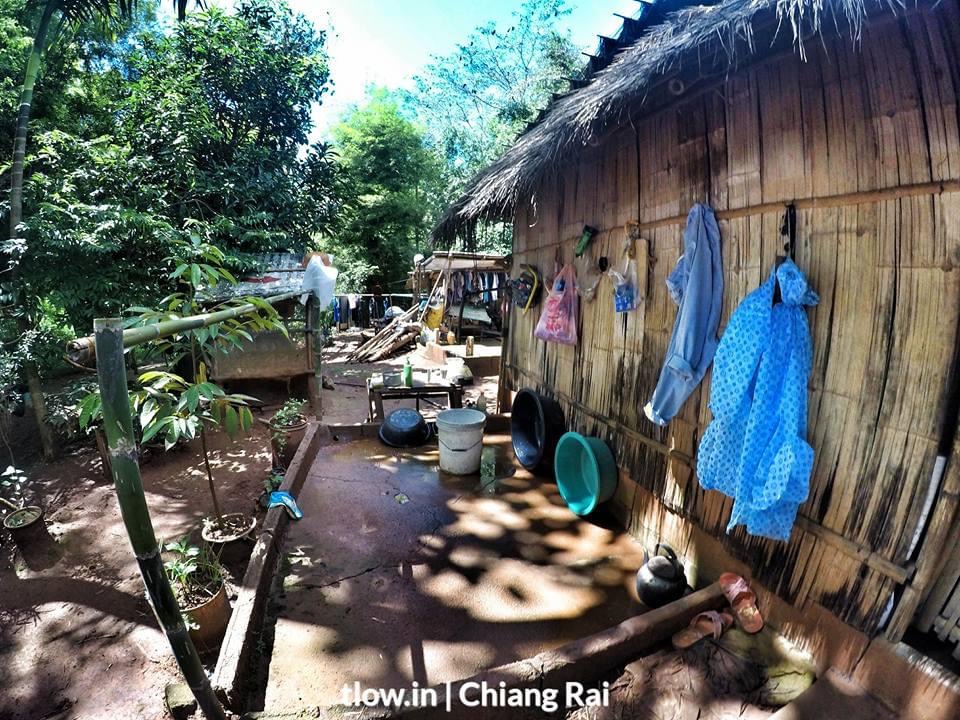
Animists believe that souls or spirits exist, not only in humans, but also in animals, plants, rocks, geographic features such as mountains, rivers and other entities of the natural environment. The Yao tribe often seek help through supernatural spirits and objects.
The tribe have rituals that must be performed correctly for a hierarchy of ancestral spirits. This system appears to have been influenced by Taoist beliefs that originated in China in the 13th-14th century. Priests attend the Taoist rituals, while shamans will cure the sick affected by lesser natural spirits.
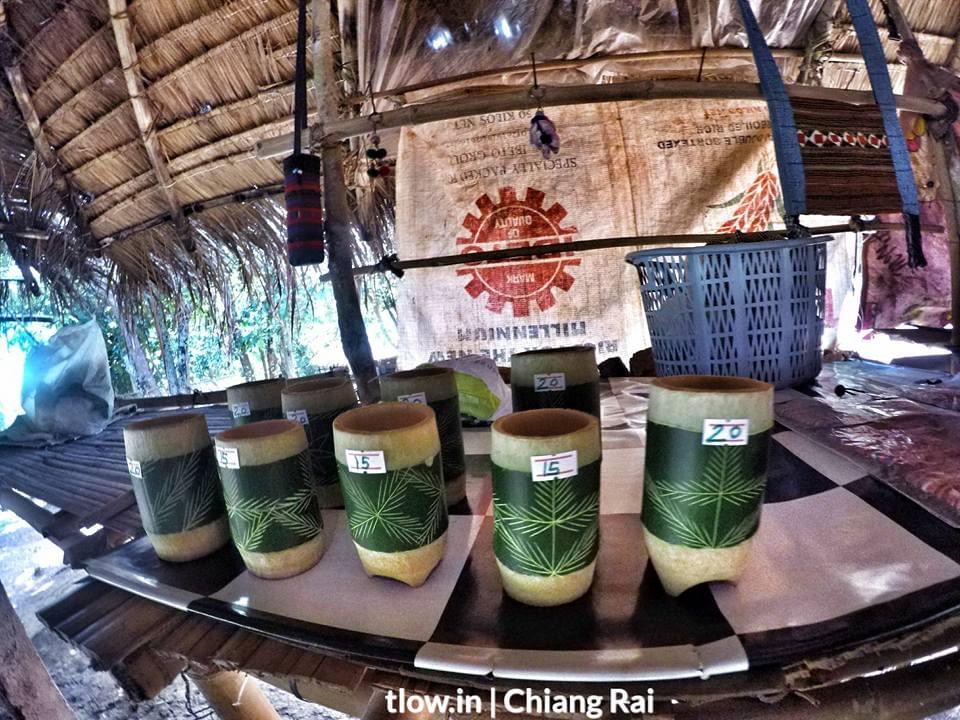
The most important festival of the Yao hill tribe people is that of New Year. This falls on the same date as the Chinese New Year.
A visit to the Yao hill tribe village is a must for anyone who is looking to get a glimpse of traditional ancient Chinese culture. Most of the tribals still have very sharp Chinese features.
–>For a similar experience, >>Click here





